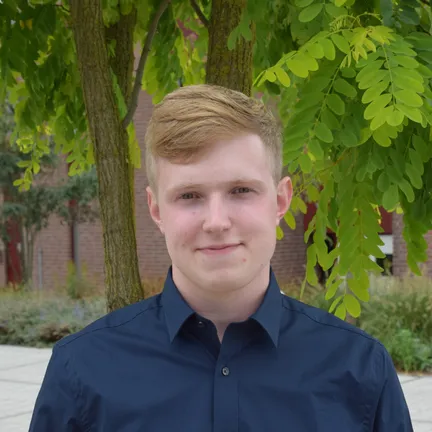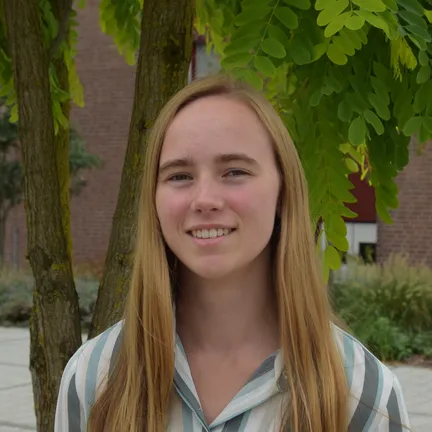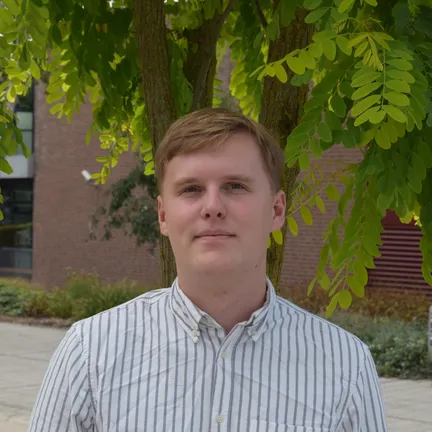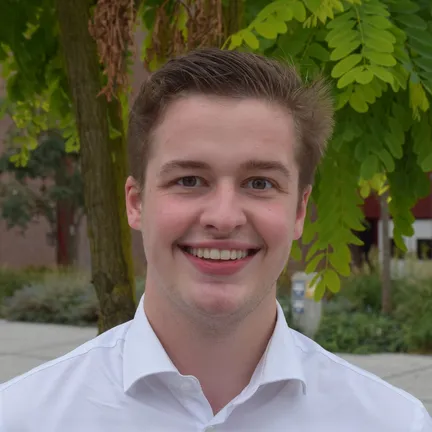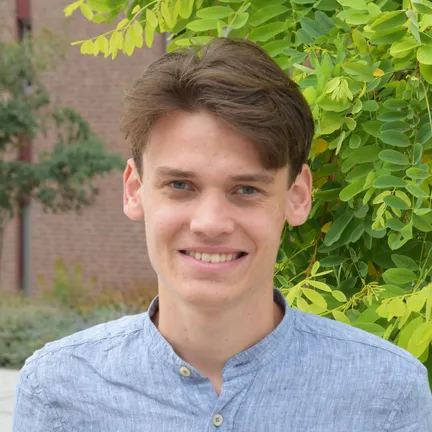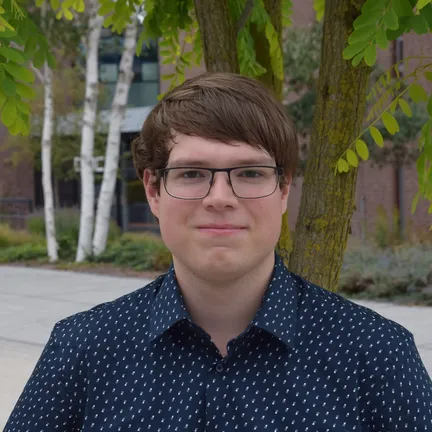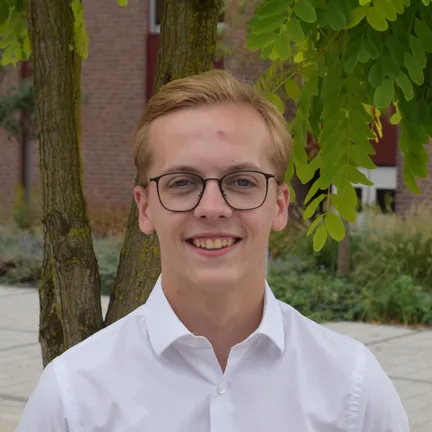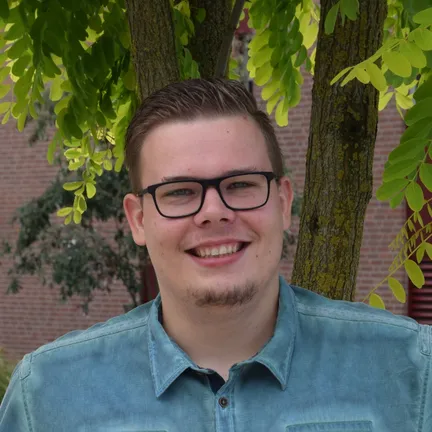We were sound asleep early yesterday evening, to awake this morning at 4:00. After a quick wash of the face, we put on our uniform and stepped out in a dark but very clear and starry night. We headed for the main temple and passed by the big instruments where they were drumming and sounding the bell to announce the morning. In the quiet morning, the sounds echoed across the mountains and the low rumbles filled the air. We continued to the main temple and quietly walked in to sit beside all the impressive monks in their flowing robes. Looking around, we were not the only ones with an early morning, seeing some monks yawning or closing their eyes.
The last ring of the bell faded, and the head monk started the morning chant, and after a bow, all the other monks chimed in. With their deep voices, the chant made quite the impression, while a calm chant their rhythm was quick and persistent. The chant continued with a series of full bows, which could be felt in the knees and upper legs due to the 54 bows done the night before during the making of the bead necklaces. Nevertheless, we followed the bowing of the ritual and, maybe due to the early morning, I felt a sense of calm with no thoughts bothering me at that moment. The morning chant came to an end, and as efficiently and quickly as possible, everyone left the temple. With a small group, we decided to stay near the main temple to sit under the now visible crescent moon to enjoy the peace and hear the further morning rituals of the monks.
The breakfast was at 6:05, which you needed to eat quickly. A big contrast to the calm nature of the whole temple. With our stomachs full, we started on a nature hike to see a Buddha carved out of a stone cliff, 2km further on the mountain. After all the bowing and kneeling, this was rather hard on the legs! But we managed, and with the morning sunlight seeping through the trees, the walk back down was a very meditative experience.
As a last activity at the temple, we were allowed to see the full collection of wooden printing boards with all Buddha’s teachings on them. A very impressive sight to see these wooden stamps preserved for more than 800 years. So perfectly preserved while almost stored in the open air due to big slotted windows in the wooden building. No mould or insects could be seen, and sometimes I thought I even got a whiff of freshly cut wood smell. It was an honour to be able to walk in such a sacred place and be introduced to the rituals of a big but, for me, almost unknown religion.
A quick nap on the bus later, we arrived at the science Museum of Daegu. The first impressions were that it was a ‘Nemo’ and more oriented towards children. While it certainly was, it still had some great exhibitions and a lot of demos and machines you could interact with. And who wouldn’t like to feel like a kid again to see big bowling balls rolling down a rollercoaster! A little tired due to the early morning, we still had a great time, and we were content taking the bus towards Busan, our new destination.


